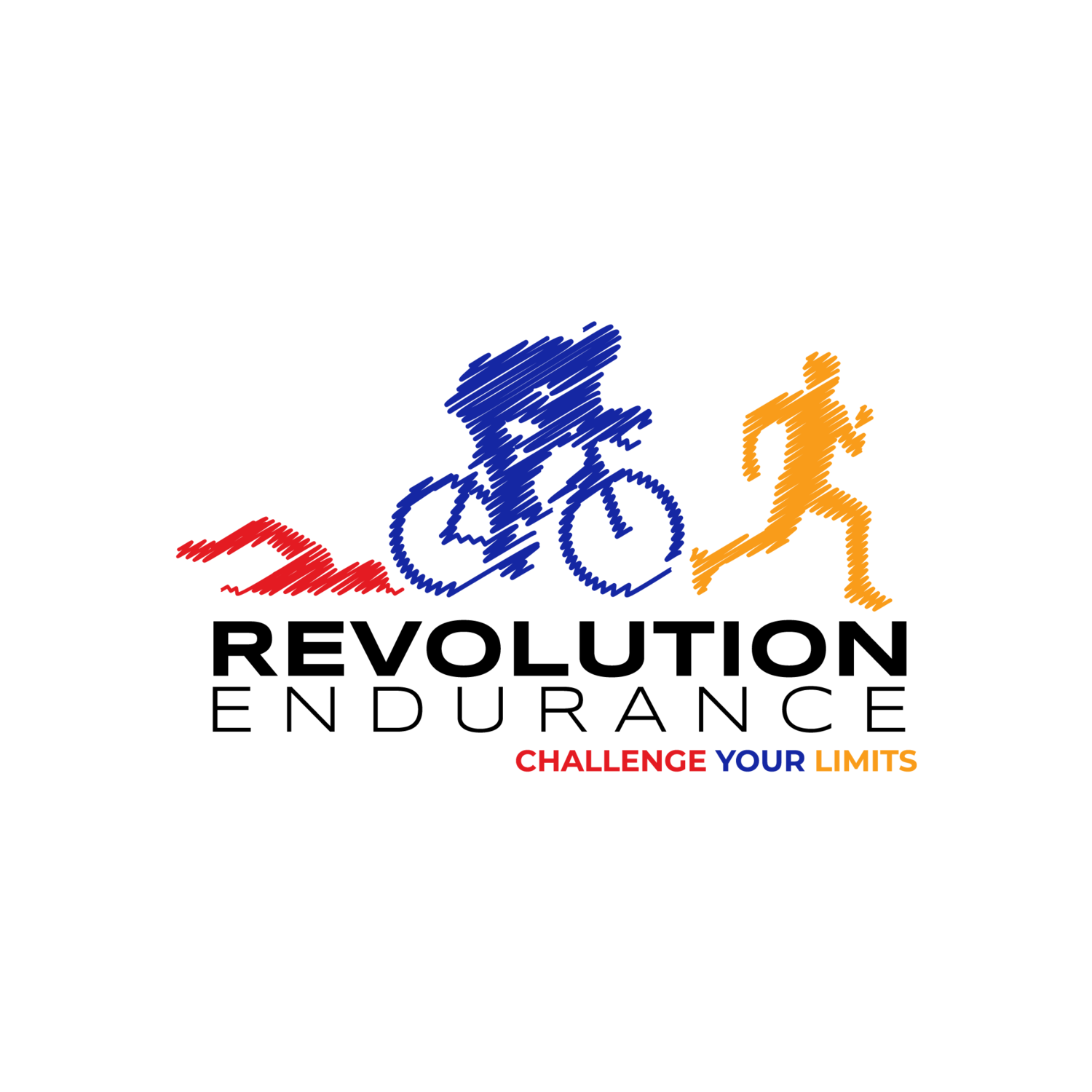Your Wetsuit And The Right Fit
In triathlon, the swim oftentimes does not get enough attention. Some simple basics can make a positive experience during your race or a brick workout that begins with an open water swim. For some, the next bullet points are known fundamentals, feel free to move on with your day. Others may think this information is beneficial and should continue reading.
Here are some thoughts to take into consideration for choosing the right wetsuit and how to properly put it on:
The ‘Right’ Fit:
As with running shoes or bike saddles, there is no single best wetsuit choice for all athletes. An individual’s body shape, flexibility, swim style and other preferences can impact your choice. Below are pointers to pay attention to when purchasing your next wetsuit:
The optimal suit should be very snug when on land and create no more than a minor claustrophobic feeling. You should not have any gaps in the suit.
You should have free range of motion in the shoulders when you swing your arms in all directions, assuming that you put the suit on properly (see specifics below).
A more expensive wetsuit is not necessarily a better one. Usually, the more you pay, the more the elastic neoprene rubber you get. Pro: Flexibility in the shoulders, which promotes a full range of motion in the stroke. Con: The flexibility in the mid-section afforded by a high-end wetsuit can highlight a less experienced, less efficient swimmer's posture in the water. Mid-range wetsuits oftentimes hold an athlete in a proper posture due to a reduced range of motion provided from the neoprene around the torso. This can result in greater efficiency, economy and, thus, speed.
Don’t get pulled into the marketing of which pro is racing in which suit or which wetsuit is “the fastest”. As mentioned at the beginning, there is not one that suits all athletes.
With this said, once you do find your wetsuit, it does not stop here. How often did you rush to get your wetsuit on and regretting it a few 100 yards into your swim? Putting on the wetsuit correctly is critical. Take the additional time to make sure that you have done it correctly. This not only can make for a faster swim, but also greatly reduce the likelihood of chaffing. Here is the process to go through when putting on your wetsuit:
Lube around classic rub spots on the body, typically neck and armpits. Then lube around ankles and calves to help removal in T1 or post swim. Products like Body Glide and Tri Slide work well.
Now, carefully pull the legs of the suit on. Wearing a thin pair of socks on your feet can help in getting your foot through the lower leg in the suit. Using the pads of your fingers to keep your nails from cutting into the neoprene work the material up your leg. Depending upon your wetsuit size and your leg length, the leg opening of the suit should be a few inches above your ankle. This will allow for the crotch of the wetsuit to ride snugly next to your body and ensure that there are no ripples in the rubber of each leg.
If you have difficulty in getting the waist of the wetsuit as high you’d like, then find a partner to pull from the base of the zipper at the back to get as much material from the legs into the waist area as possible. We term this “getting a wedgie”. If you wear your wetsuit like some teenagers wear their jeans…the low-riding neoprene will only lead to shoulder restriction and more chaffing.
Put the top of the suit on now, but do not zip it up quite yet, as you are not finished. With the top on (zipper to the back in case you were wondering…we have seen it before), you will want to work as much of the arm material up into the shoulder area. The wrist opening should be 1-2 inches above your wrist joint. Just like with the legs, different wetsuit sizes and athlete arm lengths will determine where the wrist opening of the suit ends up. Your goal is to simply get the arms of the wetsuit high enough that no ripples will build up in the material between your wrist and shoulder. By doing so, you will maximize the mobility in the shoulder, which make for a more efficient stroke. Now, you’re ready to zip it up.
Once your wetsuit is on & zipped up, feel free to bend over to touch your toes and swing the arms around. It should feel comfortable and allow for a full of range of motion.
Now that you have properly put on your wetsuit, it is time to get in the water and enjoy a “nice” pee in the suit before you begin the swim. This is an open water privilege to embrace.
Once you get into the water, the suit should take on a little water (this is what keeps you warm & why it is called a “wet”suit), but it shouldn’t be flooding with water, and you should not feel a rushing water over the neck or wrists as you swim. Your suit should be comfortable and void of creating issues of breathlessness when you swim.
If you put the wetsuit on correctly and still have fatigue in the arms, then it is likely the wrong suit for you.
